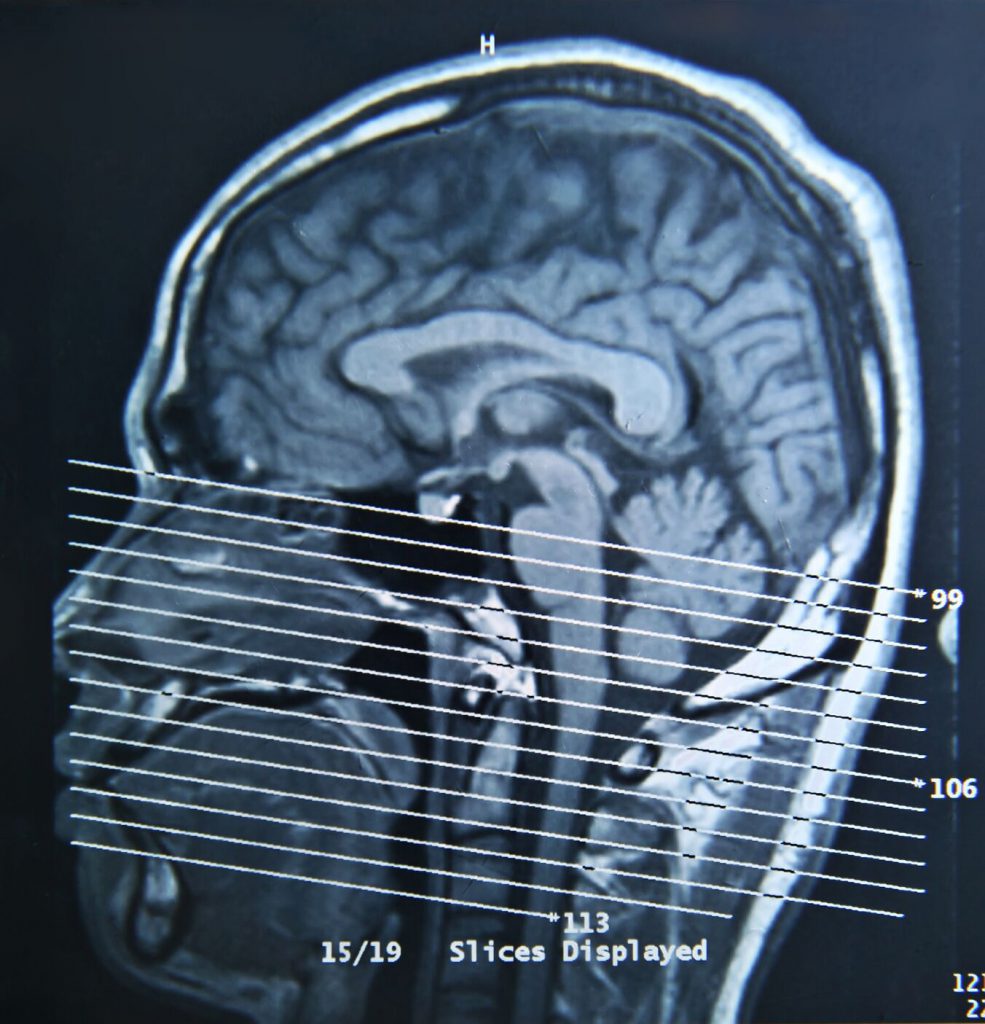
On our teleradiology blog, we like to regularly post articles on findings that have been discovered in the medical field, especially when they relate to key areas of our business.
With that in mind, we found the following study on the possibilities for MRI brain interpretations fascinating, and we look forward to following any developments in the future. Give this Specialty Teleradiology summation on MRI brain scans a look.
MRI Brain Interpretations and Their Role in Stroke Prediction
According to a recent study published in the Annals of Internal Medicine it was reported that patients with one or two small lesions were five times more likely to have a stroke and/or have a stroke-related death. Researchers from the University of Mississippi Medical Center, along with a few other U.S. institutions, conducted the study.
Here are some of the key highlights about the conduction of the study:
- Researchers examined data from 1,884 patients from Forsyth County, North Carolina, and Jackson, Mississippi, who had previously participated in the Atherosclerosis Risk in Communities (ARIC) study.
- Patients “received scans on a 1.5-tesla MRI system with an imaging protocol that included T1-weighted, T2-weighted, and proton density-weighted imaging of the whole brain.”
- The data showed that the hazard ratio of stroke-related death for patients with any sized lesion was 6.97, compared to the hazard ration of 1.89 for all-cause death patients.
As one of the first studies to examine such data, the results have indicated the importance of further examination of similar situations. Small lesions could also indicate a future risk for other cerebrovascular diseases, such as dementia and other mobility problems. As medical imaging such as MRI brain interpretation becomes more sophisticated, we can potentially understand the causes and/or risks of 3 mm lesions and what they could mean for visibly asymptomatic patients with brain MRIs.
Further Industry Insights
We cover a lot of material on our blog, featuring information about regional imaging centers, useful media resources, historical perspectives on procedures, and more. Here are a few select posts to help you discover more about the radiology field:
- 3 MRI Spine Interpretation Trends to Know About
- Virtual Reality: Continuing to Shape Radiology and the Medical Field
- 5 Things to Consider When Choosing a Radiology Partner for Your Practice
- Why the “Human Aspect” Is So Essential to the Radiology Field
- 7 Reasons Why Partnering with a Teleradiology Professional Will Help Your Private Practice
- Women and Radiology: Working Toward a More Female-Populated Industry
- How Prostate Cancer MRIs Make Biopsies Unnecessary
You can additionally subscribe to our newsletter to get monthly updates from us.
Contact Us
Interested in our teleradiology services like MRI brain interpretations? Contact our team today!
